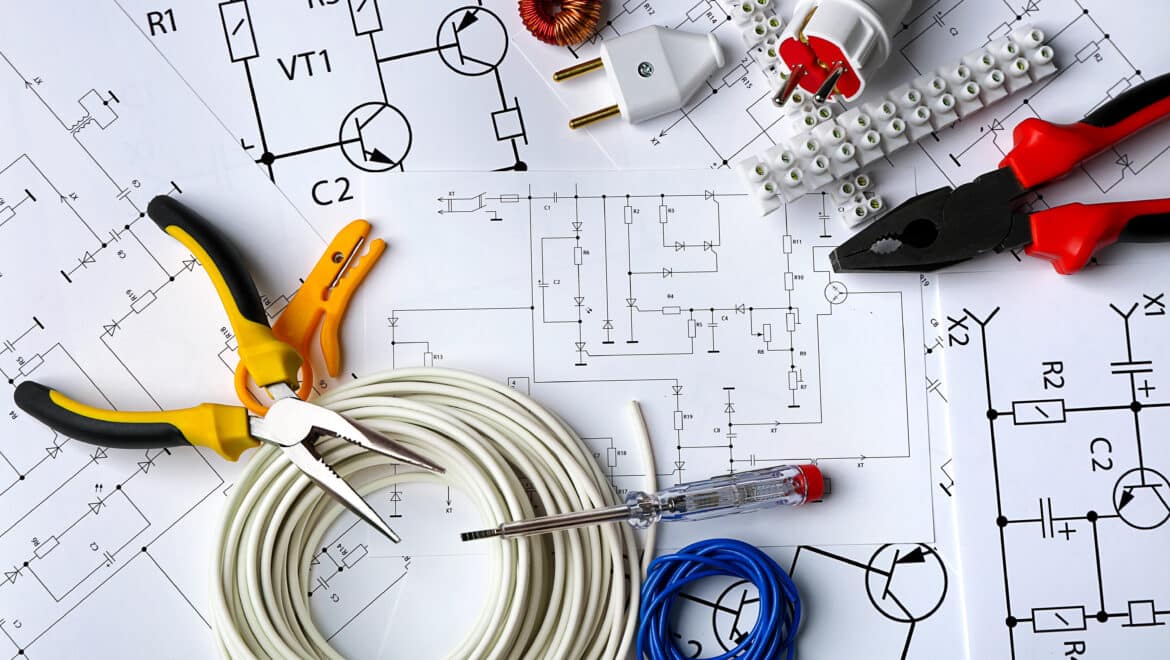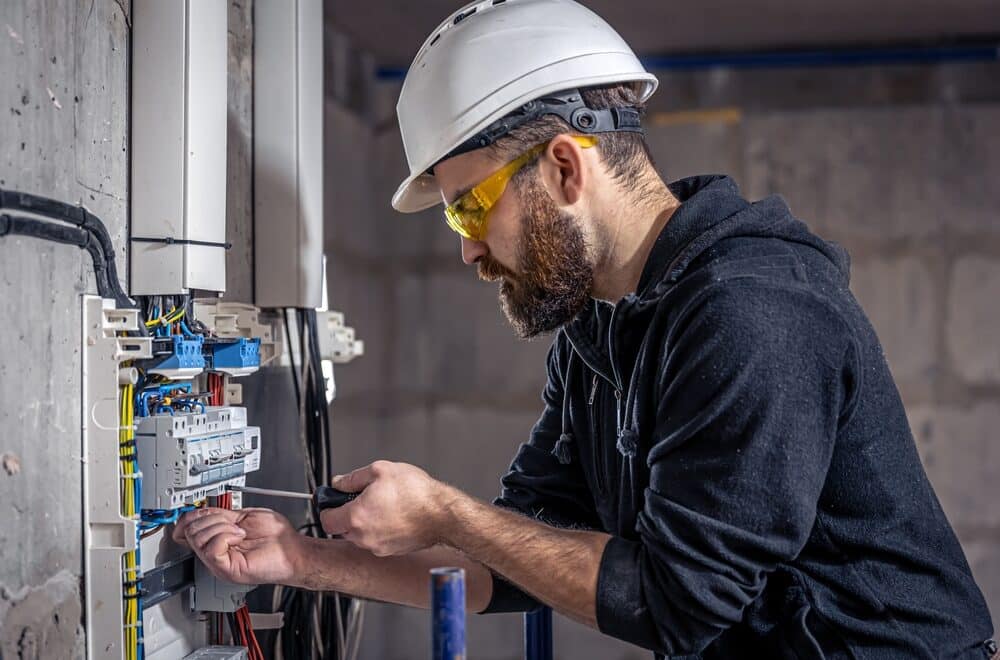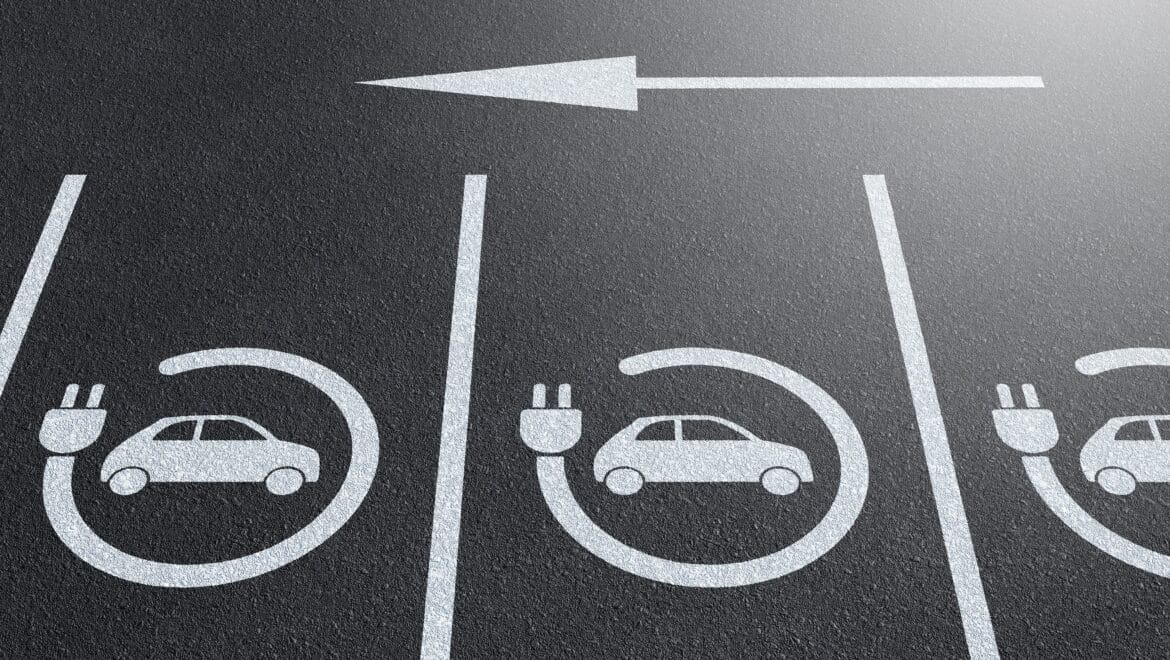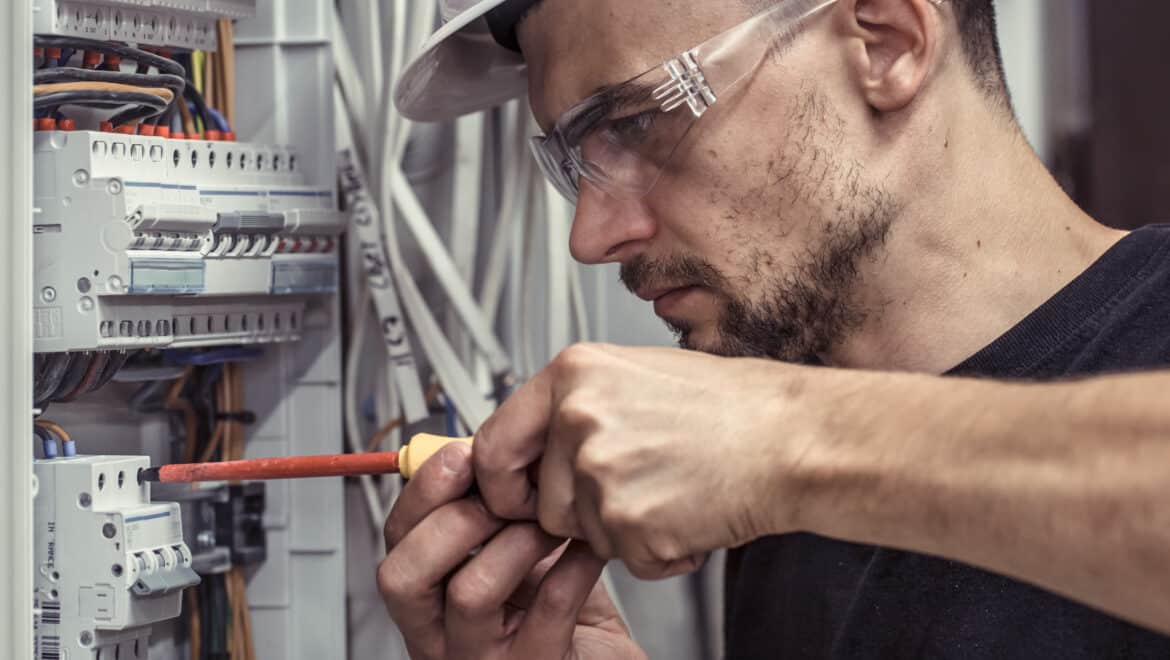How to Future-Proof Your Home or Business with an EV Charge Station Installation
As our society shifts towards more sustainable practices, electric vehicles (EVs) are growing increasingly prevalent. With this trend, the demand for EV charging stations is soaring both for commercial and residential properties. As a contractor, it’s crucial to understand how to future-proof a home or business with an EV charging station installation. Here are eight ways to do so:
1. Assess Energy Capacity and Infrastructure
For both commercial and residential properties, the first step to installing an EV charging station is assessing the existing electrical infrastructure. This involves determining if the property’s current electrical panel has enough capacity to handle the demand of the additional load of an EV charging station. If it doesn’t, an upgrade may be necessary. Also, it is essential to check for the accessibility of electrical lines where the station will be installed.
2. Select the Right Type of EV Charging Station
Different EV charging stations are available – Level 1, Level 2, and DC Fast Charging. Level 2 EV charging stations are suitable and recommended for residential properties, providing a balance between charging speed and installation costs. For commercial properties, depending on the volume of EV usage, you may want to consider faster options, like DC Fast Charging stations.
3. Install Adequate Circuitry for Future Expansion
When undertaking an EV charging station installation, always think about the future. Installing a circuit that supports multiple chargers allows you to add more charging points as demand increases. This foresight could prove economical and time-saving in the future.
4. Prioritize Safety
Safety should be at the forefront of any EV charging station installation. Ensure that the charging station is installed in a well-lit area and meets all regulatory safety standards. Adequate signage should also be installed at commercial properties, helping users navigate the charging points and maintain safe practices.
5. Utilize Smart Charging Stations
Smart charging stations offer advanced features such as remote access, user authentication, and energy usage tracking. These features can provide valuable usage data for commercial properties and ensure the EV charge station is used responsibly. It allows homeowners to conveniently monitor and control charging sessions for residential properties.
6. Consider Renewable Energy Sources
To maximize sustainability, consider integrating the EV charging station with renewable energy sources, such as solar panels or wind turbines. This not only reduces the strain on the grid but also lowers electricity costs, making EV charging more affordable for both commercial and residential property owners.
7. Provide Adequate Space and Accessibility
For an EV charging station at a commercial property, adequate space should be allocated to accommodate multiple vehicles. It should also be conveniently located and easily accessible. At residential properties, homeowners should be advised on the best locations for the charging station – close to where they typically park their EVs.
8. Stay Updated with Technological Advancements
The EV charging industry is constantly evolving. Staying abreast of the latest developments can help you offer your clients the most current and efficient options. Whether it’s a new type of charging connector or software that streamlines EV charge for commercial properties or residential homes, staying informed is key to future-proofing any EV charging station installation.
In conclusion, the trend of EVs is not a passing phase but a definite future. As a contractor, by considering these eight points, you can ensure that homes and businesses are well-prepared for this shift, providing a valuable service that aligns with the global shift towards sustainability. Remember, a well-executed EV charging station installation not only meets the demands of the present but also anticipates the needs of the future.










